In this blog we are going to be taking a look at the ‘Cutting’ phase of a diet, covering everything there is to know about the topic. Learning about the best researched methods of a cut, complications to look out for, and how we can safely and optimally execute a cutting phase.
WHAT DO WE REALLY MEAN BY ‘CUTTING’?
Nutrition and food intake is a continuous flow with various phases. Some gym-goers may actively track and monitor their food intake and focus on an optimal diet. Whilst others may allow their lifestyle choices to dictate their food intake.
The cutting phase of a diet, most commonly used around the summer period, is a short-term strategy to promote weight loss and increase our ‘lean’ look.
The problem most people have when cutting, is they sacrifice the muscle mass they’ve accumulated during a bulk or maintenance phase. This is due to poor execution of a cutting phase, some have gone as far to say it is impossible to lose fat and increase muscle at the same time. However, published research gives us a clear picture on the best practices we can use to make sure we don’t lose muscle mass – we’ll come to this later!
DO I NEED TO CUT, IF SO WHEN?
Cutting is not essential to most well trained individuals, unless you are competing in a weight-classed sport such as boxing or Bodybuilding. A solid foundation of exercise, a regular training programme and, a well-sourced nutrition plan should be enough for you to achieve your desired physique, without the need to perform a cutting phase.
…but for those who are looking to cut this summer, listen up!
Firstly, we need to decide if a cutting phase is the right fit for you. Before a cut, we need a good foundation of muscle mass otherwise we will not achieve the results we desire. Furthermore, it is ideal if you have spent the winter/spring bulking with a focus on muscle gain. If however, we are someone who is looking to increase their muscle mass rapidly, then a cutting phase is not for you. You should stick to either a bulking or maintenance phase of your diet to ensure you have the energy available for muscle building!
We also have to consider the body’s health. If you have a highly active lifestyle then cutting would be difficult due to the pressure of a calorie restriction. If we don’t have energy balance in our nutrition, we can leave ourselves more susceptible to illness and injury. Therefore, it is important to match your energy intake with your energy expenditure, if you lead an active lifestyle.
DO WE NEED TO SET GOALS FOR A CUTTING PHASE?
Cutting in short periods is considered relatively healthy, but for long periods a cutting phase can become problematic. This is due to the reduction in energy availability and calorie deficit.
Before starting a cutting phase, set out realistic goals with clear time scales. This will allow for the cutting phase to achieved in a structure manner. A cutting phase requires determination and the ability to stay on a plan. We also need to decide what our goals and outcomes are. If we are aiming to just lose fat, then our diet will be very different to those looking to lose fat and build muscle at the same time. We will cover more on this in Part 2.
WHAT DOES THE SCIENCE SAY?
In recent years, more research has surfaced for recreational athletes and gym-goers. Often research around performance nutrition is tailored specifically towards elite athletes. These studies are difficult to apply to the general population!
The research around weight loss through a ‘cutting phase’ focuses around multiple areas such as, training, nutrition and wellbeing. Our focus across these two blogs will be mostly on the nutritional aspect of a cutting phase.
In 2016, a research article was published in the American Journal of Clinical Nutrition suggesting a group of researchers had found the ‘Holy Grail’ of losing fat whilst gaining muscle. The researchers approach was to reduce calorie intake by 40% and focus on a high-protein diet, combined with a HIIT training programme over the period of a month. The results showed the participants has success in reducing fat whilst gaining muscle! But, this approach is very drastic and reducing 40% of your total calories is not realistic for most nor is it consider healthy.
Later in 2020, a research review article published by Strength and Conditioning Journal found you are able to lose fat and gain muscle whilst in a calorie surplus (typically associated with a bulking phase). Most research suggested an increase of around 450 - 600 kcal/day, with an increased focus on a high-protein diet.
So, we now understand what a cutting phase is and why we’d need to implement it!
WHAT CAN WE TAKE AWAY FROM THE RESEARCH?
When doing research for this blog, it was clear there are many different methodologies to achieve the ‘perfect’ cut to reduce body fat and gain muscle. When looking at nutrition, we need to appreciate that no two people are the same, as everyone will have variances in their goals and the methods which suit them best.
So, let’s start with the easiest topic - What should you avoid doing during a cutting phase?
- Not setting a clear goal for the cut, you must decide if you are aiming to just lose fat or looking to gain muscle too!
- Undereating beyond your daily levels of activity, it’s important to work out your Basal Metabolic Rate – the lowest calories your body requires just to function healthily. Going below this number can cause a negative effect on your health and gym performance.
- Making the cutting phase unrealistic and too strict, allow room to enjoy your food and have at least one meal a week that is not on plan. Being too strict will cause binge eating and reduce the success of your cut.
HOW TO PLAN YOUR CUTTING PHASE BASED ON YOUR CURRENT PHYSIQUE AND GOALS
As we mentioned earlier, there are many different ways you can perform a cutting phase. Most people will be looking to achieve specific goals from the cutting phase, these can be categorised by two main focus goals.
- The rate of fat loss will be slower
- Muscle gain will still occur in this phase
STEP 1: Find you TDEE (Total Daily Energy Expenditure) using an online calculator. Use the result to determine the amount of calories you would need based on your activity levels.
STEP 2: Based on the calorie recommendations from the TDEE calculator, consume an additional 400-600Kcal per day.
STEP 3: For this diet to be effective for weight loss, we need to increase protein intake across the day. A calorie spilt of Carbs 40%, Protein 40% and Fat 20%, should be ideal for weight loss and muscle gain.
STEP 4: Track your progress. Once you’ve reach your intended goal make sure you increase your carbohydrate intake back to 50-60% of your daily intake, to provide the body with adequate energy for exercise and daily life and reduce calories back to your TDEE ideal.
- Much faster rate of fat loss
- High potential that some muscle will be lost in the process
- Can be consider more strict and difficult to follow
STEP 1: Find you TDEE (Total Daily Energy Expenditure) using an online calculator. Use the result to determine the amount of calories you would need based on your activity levels.
STEP 2: Based on the calorie recommendations from the TDEE calculator, reduce calorie consumption by 400-600Kcal per day.
STEP 3: This cutting phase needs to be short, as the reduction in calories over a long period of time can be unhealthy and cause muscle loss. Focus on a high-protein diet (+40% of your intake from protein), with the rest of your calories coming from a split of fat and carbohydrates.
STEP 4: Track your progress. Once you’ve reach your intended goal make sure you decrease your protein intake back to 20-25% of your daily intake, to allow room for more carbohydrates. Don’t forget to increase your calories based on your new weight using a TDEE calculator.
TOP TIPS FOR A SUCCESSFUL CUTTING PHASE
- Increase Fluid Intake to help reduce hunger (sparkling water is great too).
OTHER HEALTH FACTORS WHICH CAN IMPACT YOUR CUTTING PHASE
SLEEP is possibly one of the most underrated success factors of a cutting phase. Any less than 8hrs sleep every night, will significantly reduce the body’s ability to recover between training. There is research which shows a lack of sleep during a calorie restricted diet, can contribute to an increase in muscle loss and a decrease in fat loss.
STRESS causes an increase in cortisol levels. This is associated with an increased appetite and cravings for sweet, fatty, salty foods. These foods are not conducive to a successful cut. We should try to manage our stress to keep it as low as possible.
HYDRATION is important for a cutting phase on both a health and practical level. Dehydration can lead to hunger, therefore staying hydrated during a cut is key to keeping your appetite regulated. On the plus side, water also has no calories, so it is great to consume instead of drinks which contain calories. Maintaining a positive hydration status has been associated with a significantly better ability to burn body fat, as water is required for the body to metabolise stored fat. On a performance level, staying hydrated during exercise will improve your overall ability to exercise, thus increasing calories burnt and the amount of weight you are able to lift each session.
TRAINING is another important factor to be considered when performing a cutting phase. You need to be able to adapt your training, so you are able to burn more calories and maintain (or potentially build) muscle. There are various methods which the research has proven to be effective during a cut. One of the most common is to incorporate HIIT and additional cardio into your weight lifting routine. This promotes both high calorie burn and muscle gain.
THE IMPORTANCE OF CONSISTANCY
Ultimately, the success of a cutting phase comes down to your ability to be consistent. The nutrition advice in these blogs, will provide you the tools required for your cutting phase. But you’ve got to be committed and consistent to see results. Sometimes, it’s better to do a more gradual cut instead of a short, sharp cutting phase. This allows more room for error and the risk of failing is reduced.
Always remember to set your goals for maximum success in a cutting phase!
For further reading have a browse of some of these scientific journals
https://www.ncbi.nlm.nih.gov/pmc/articles/PMC5421125/






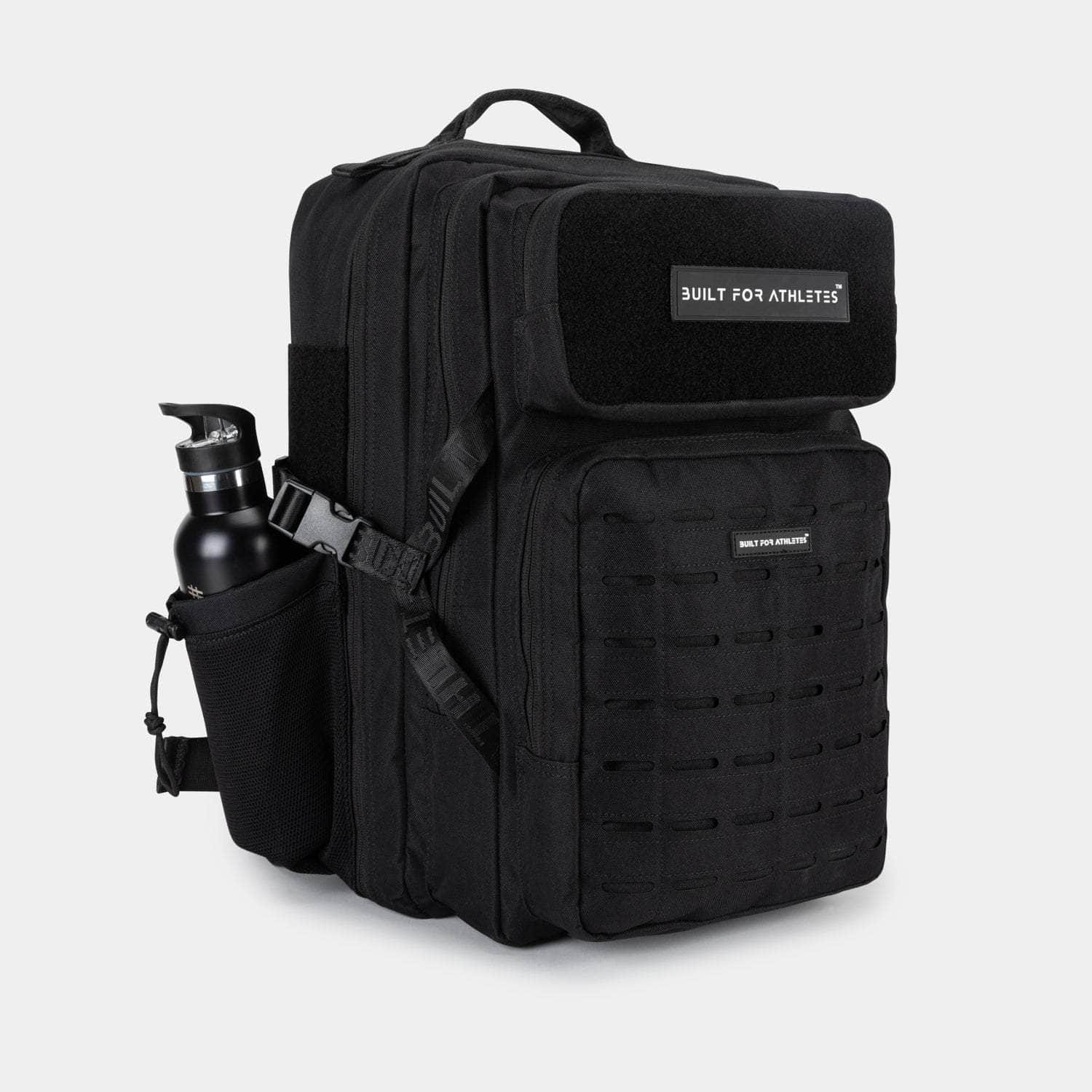





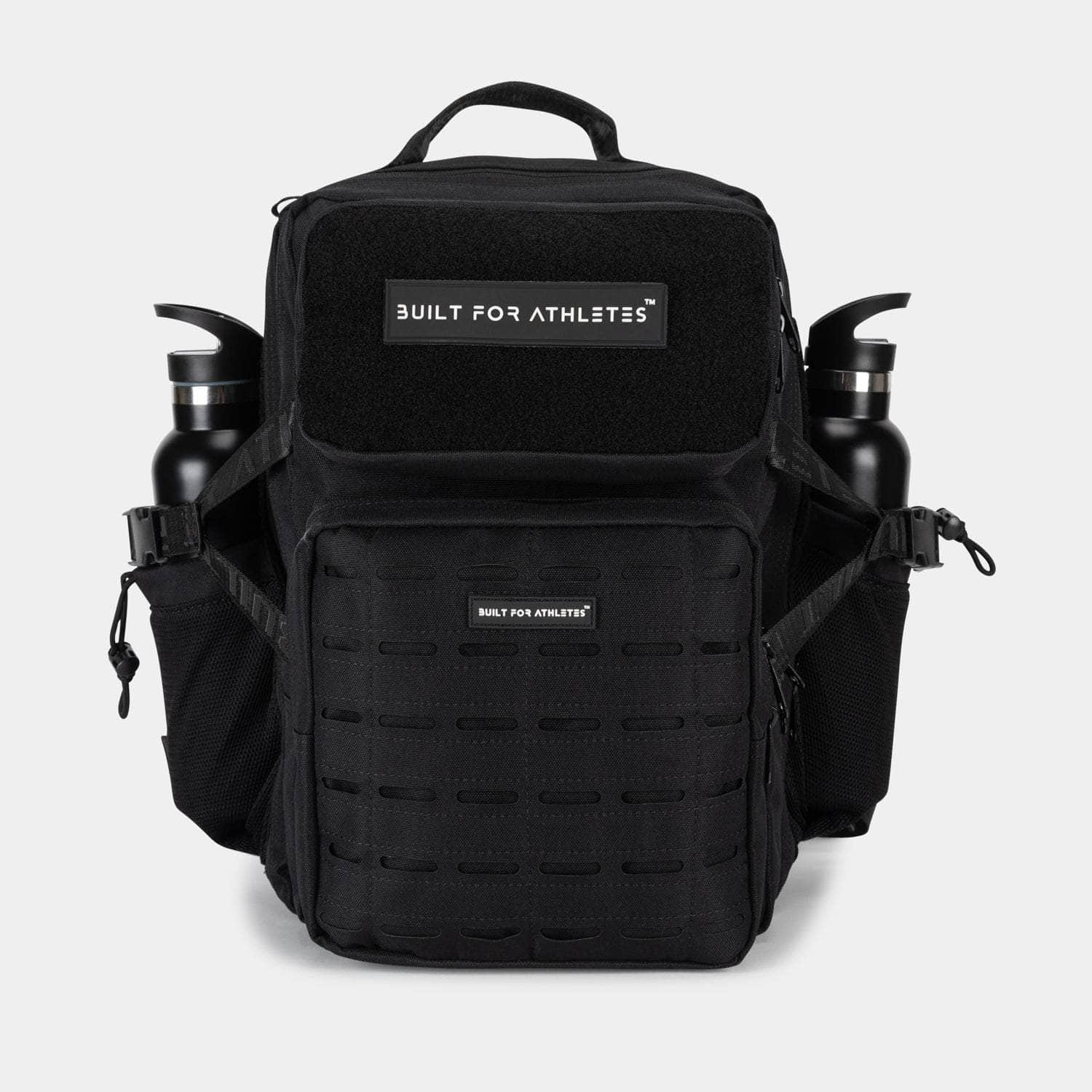


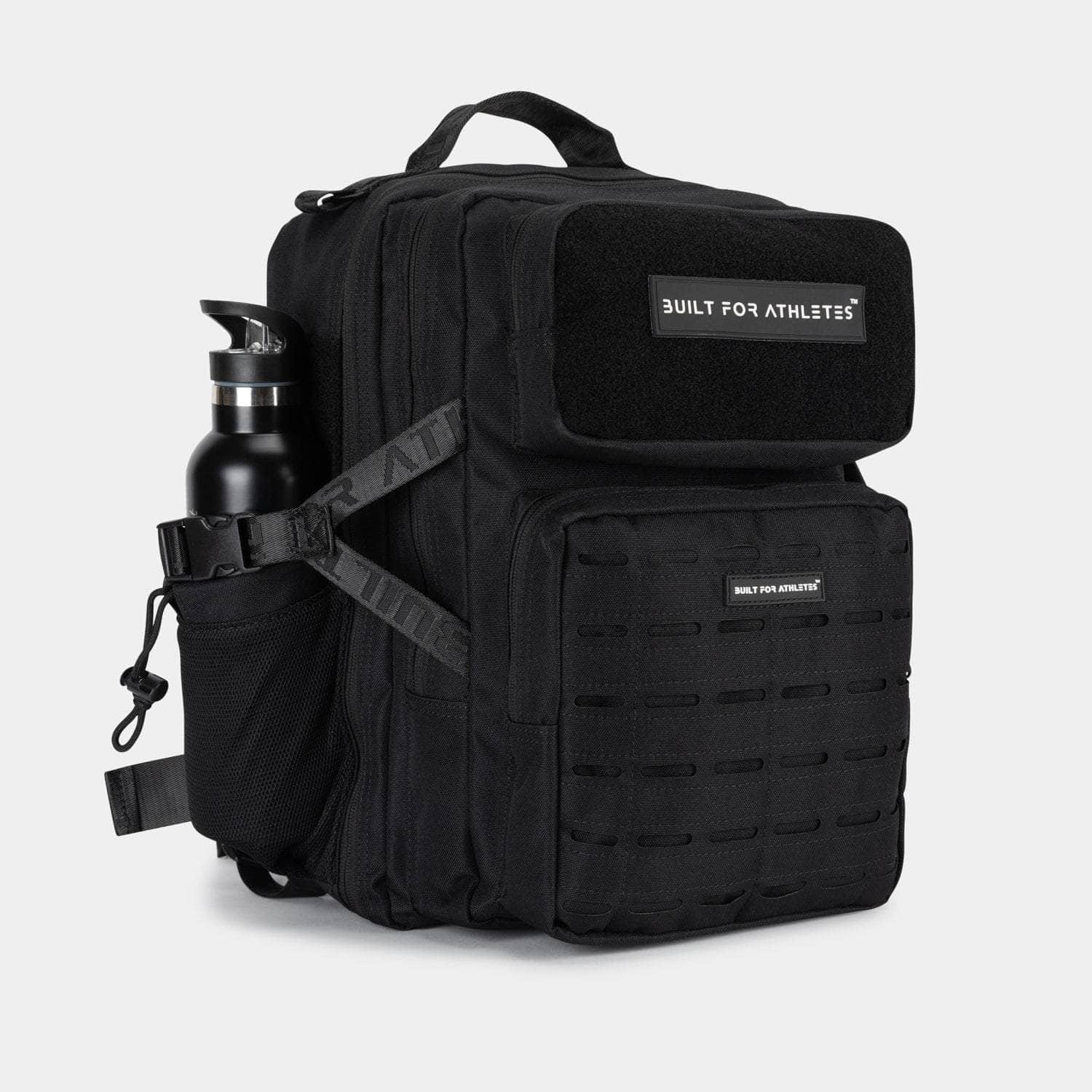



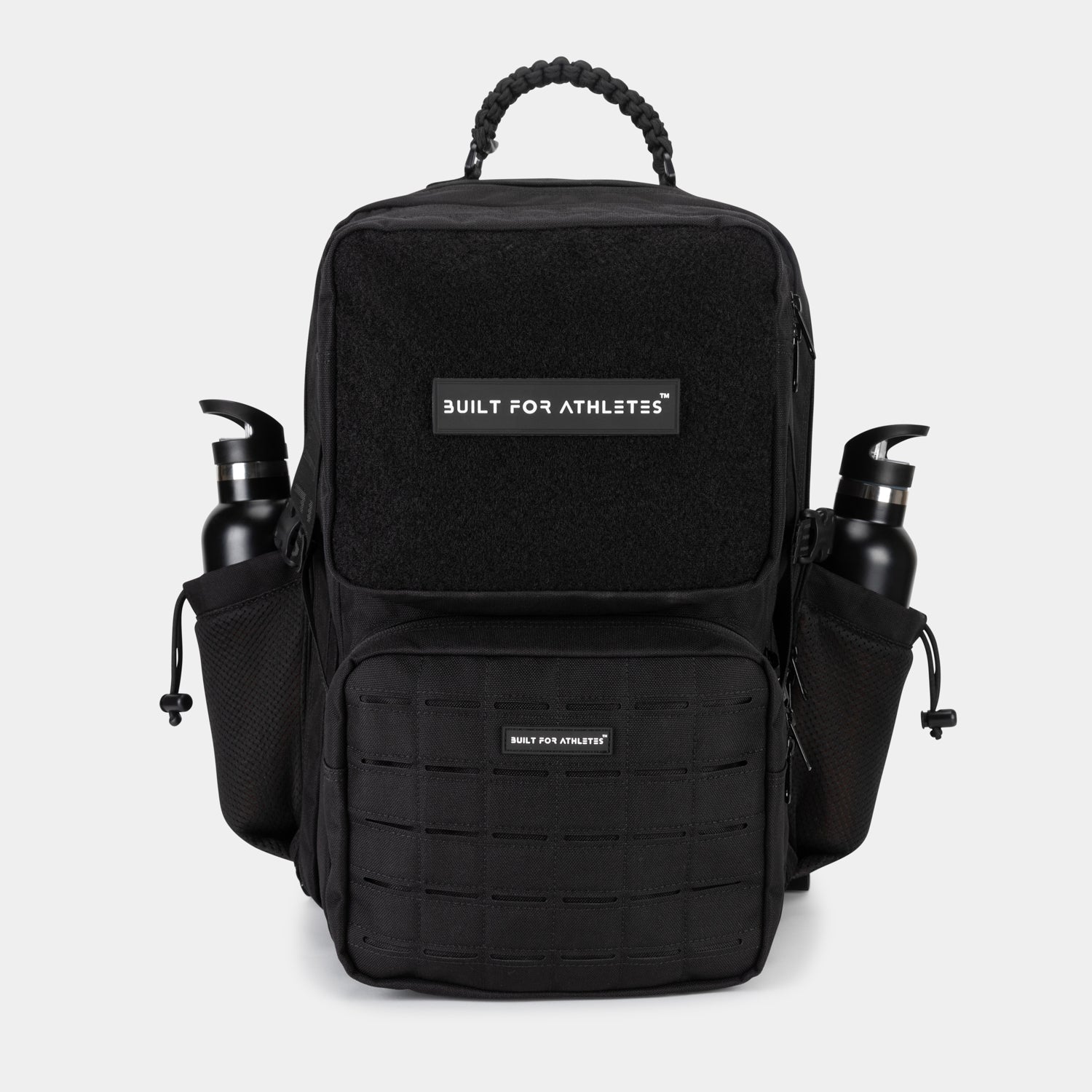
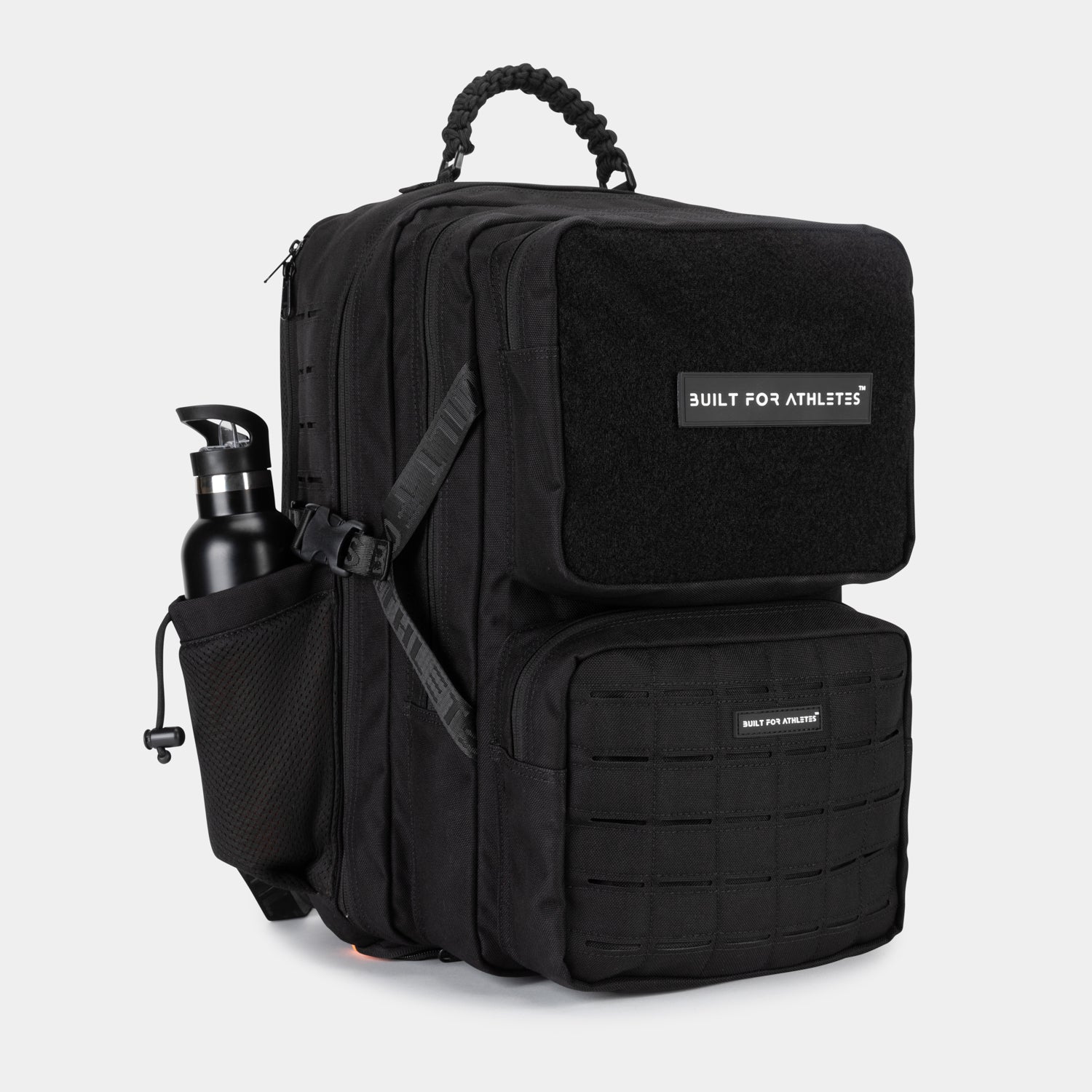

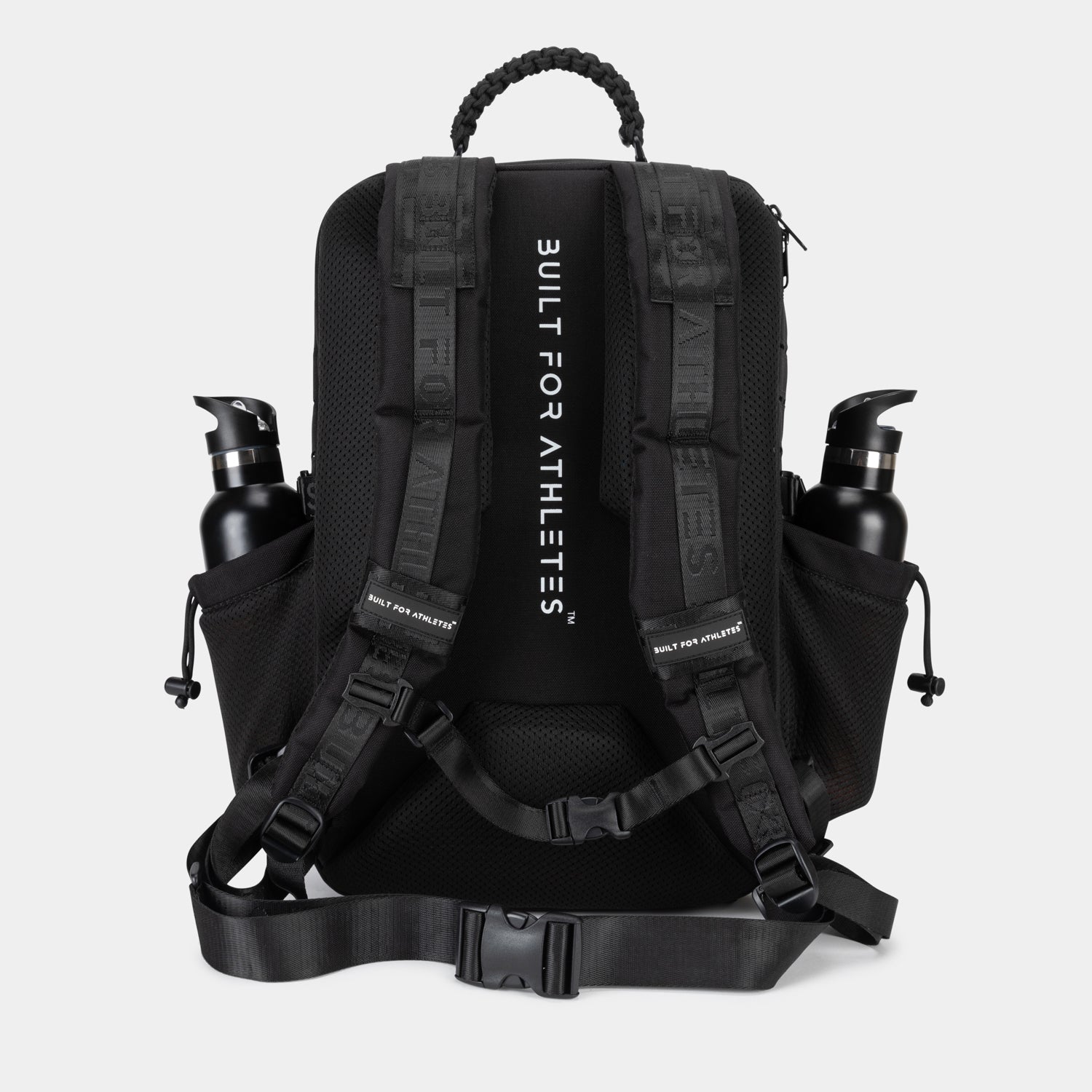








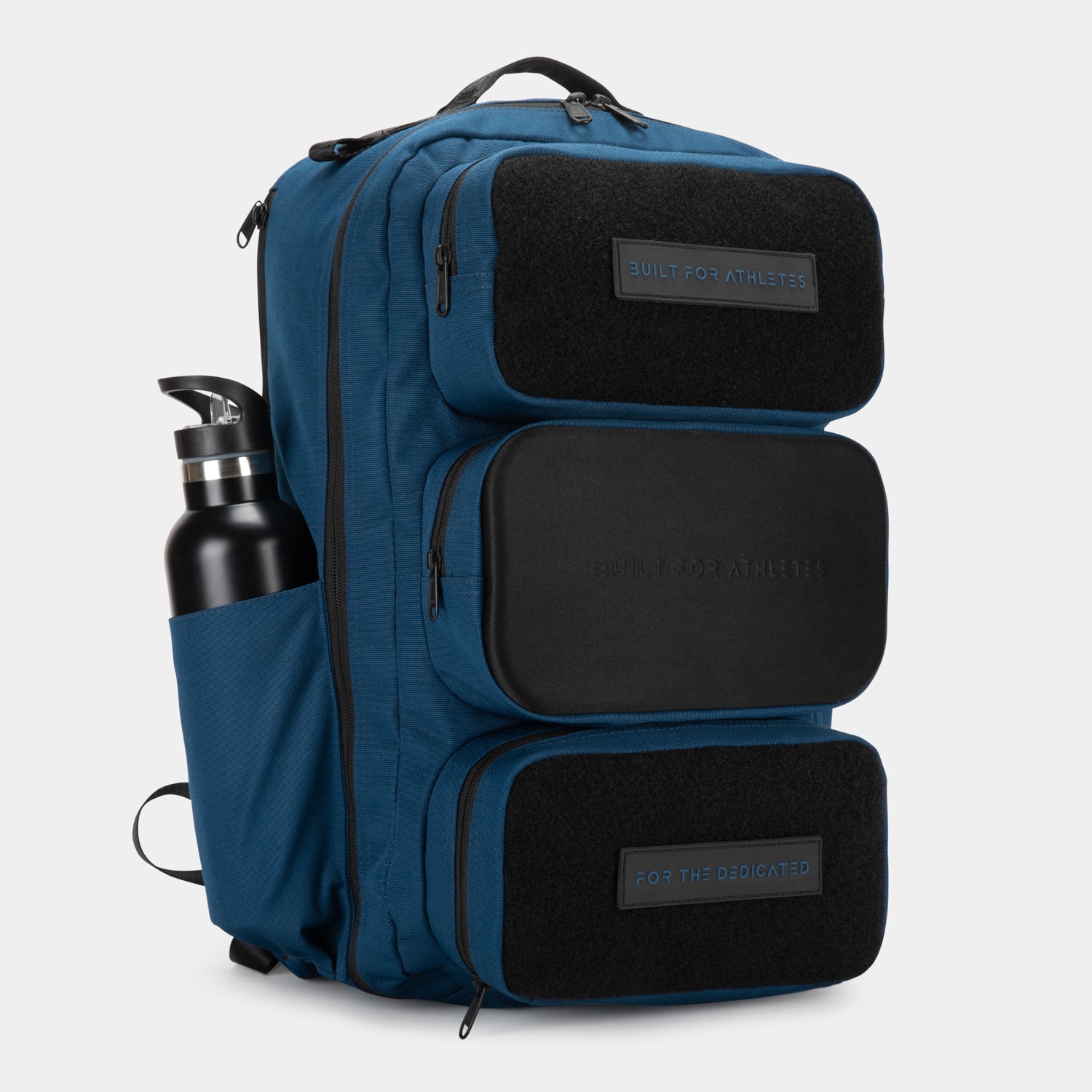

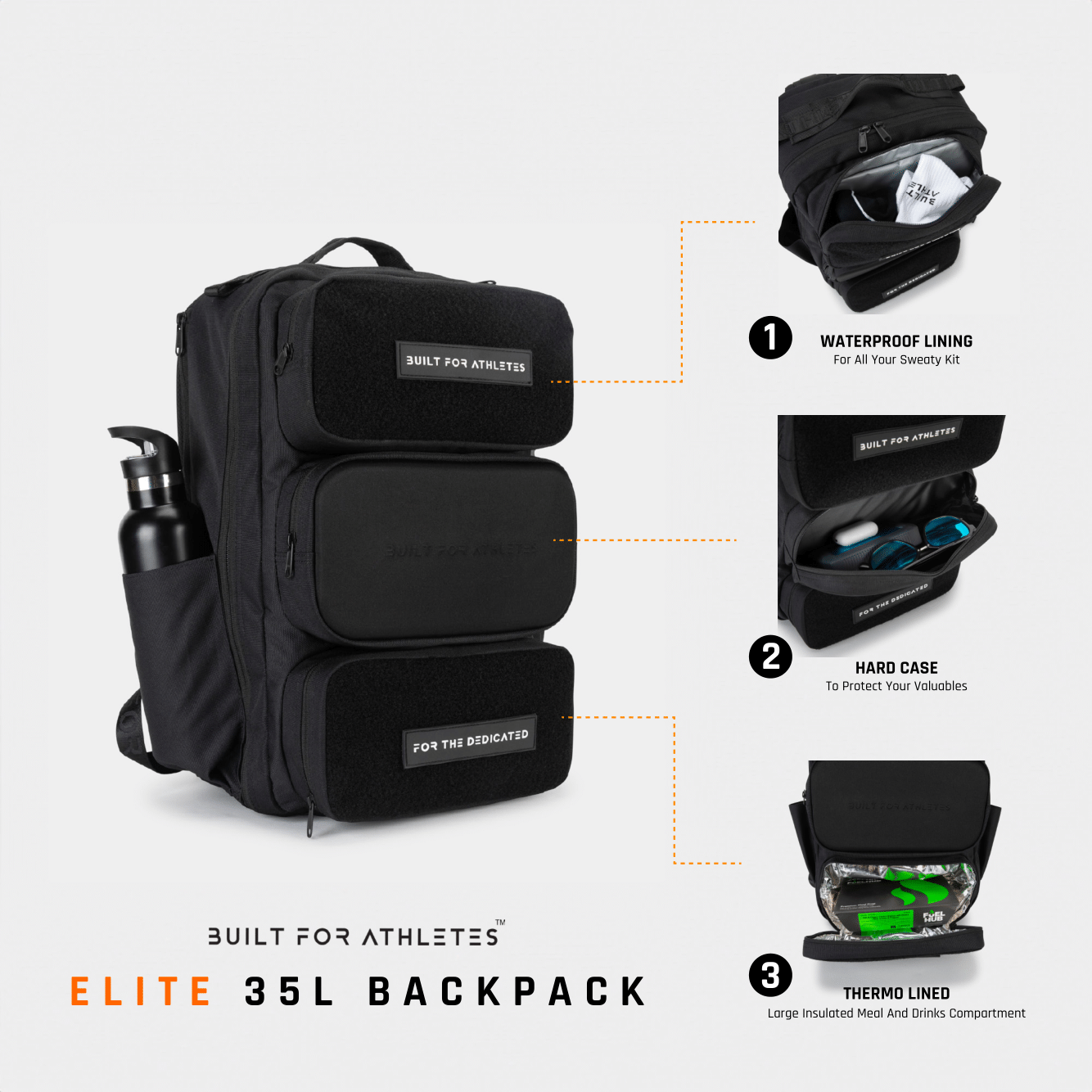




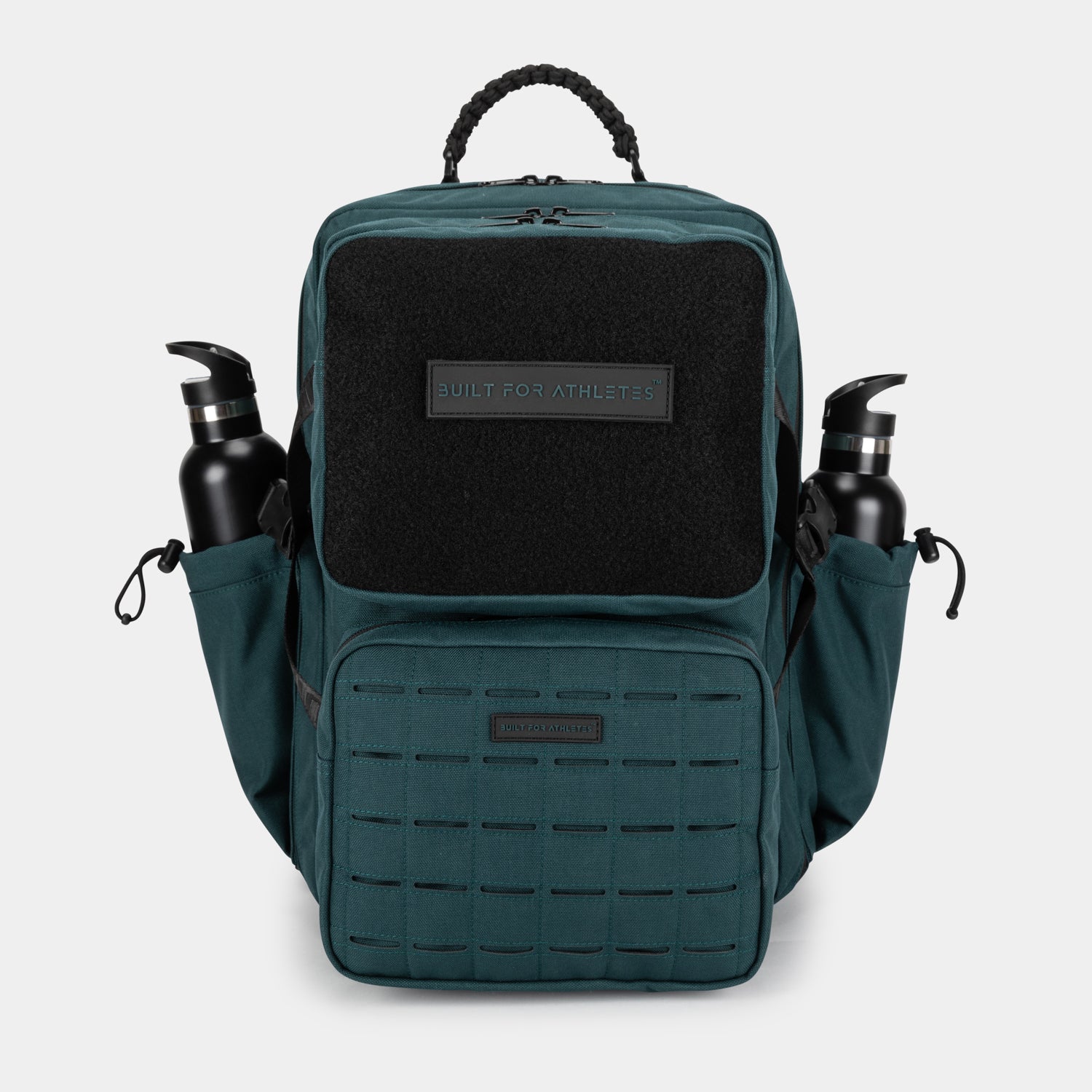
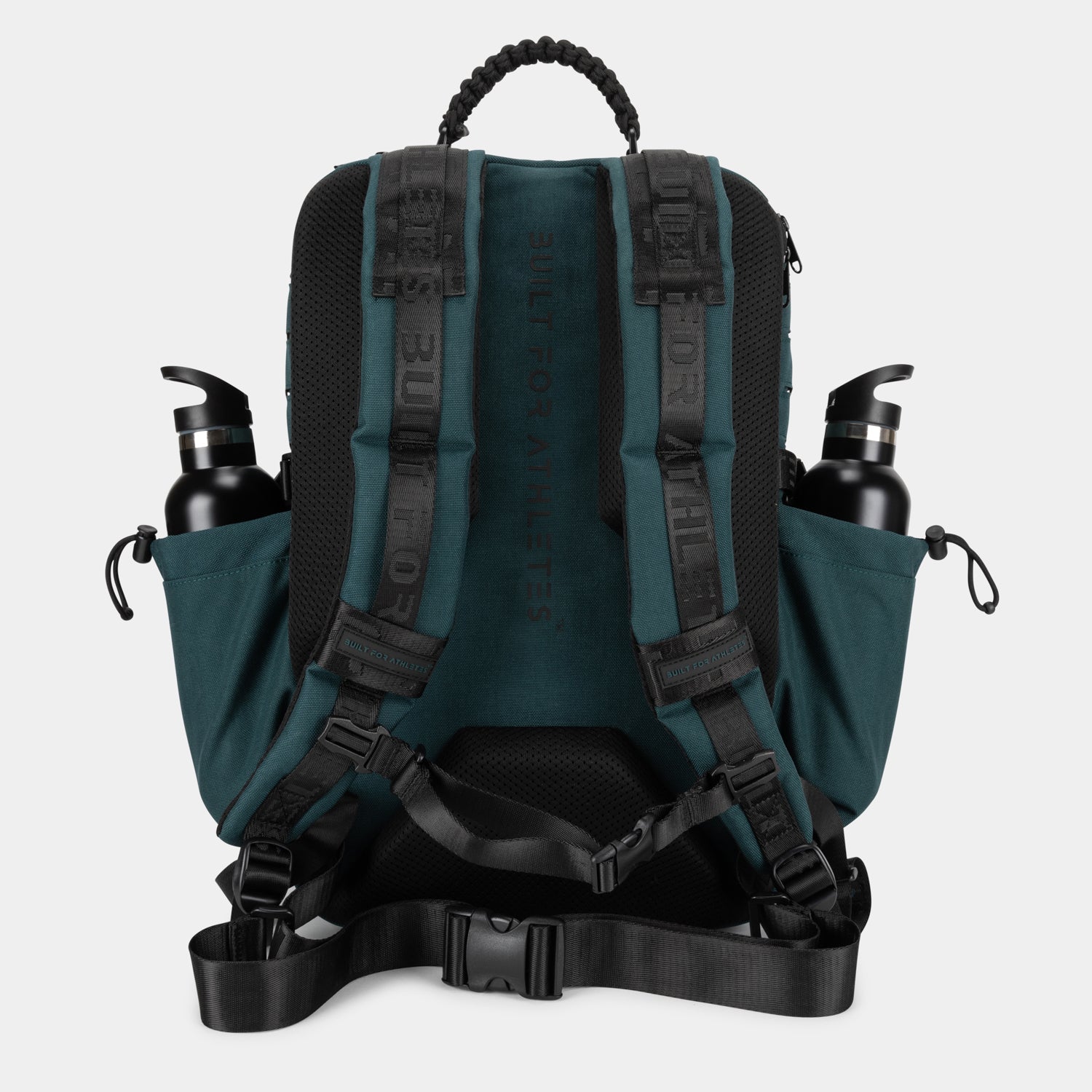

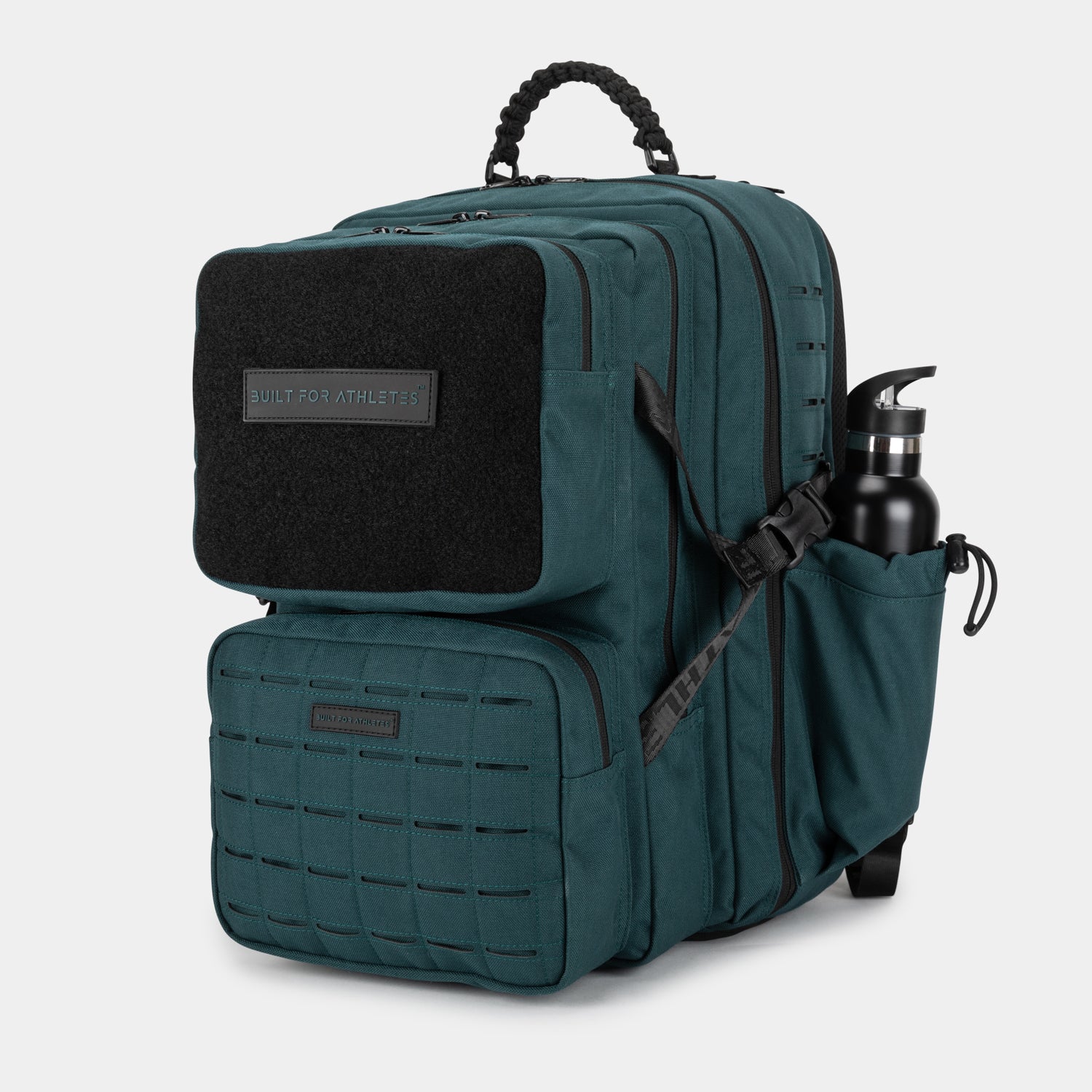
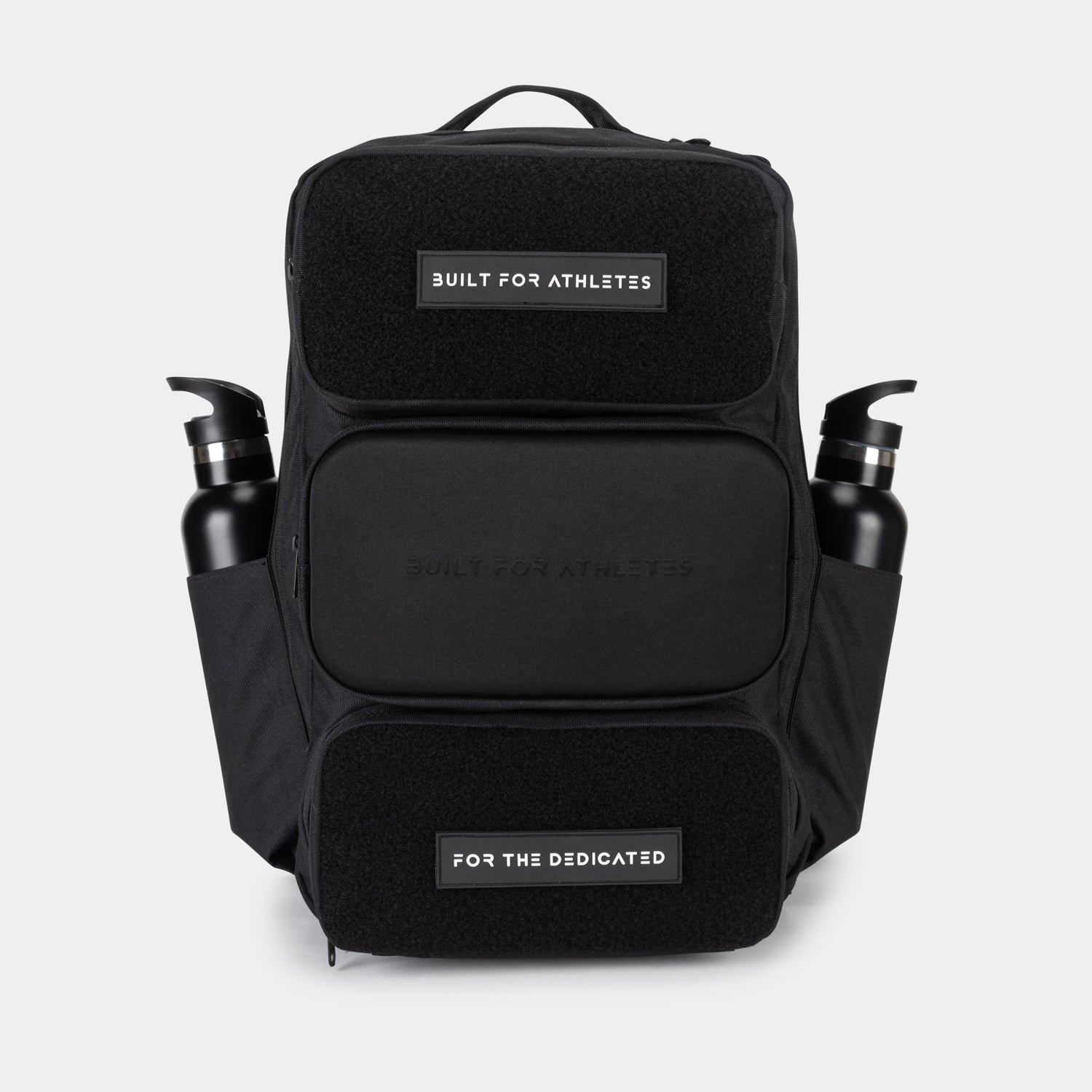

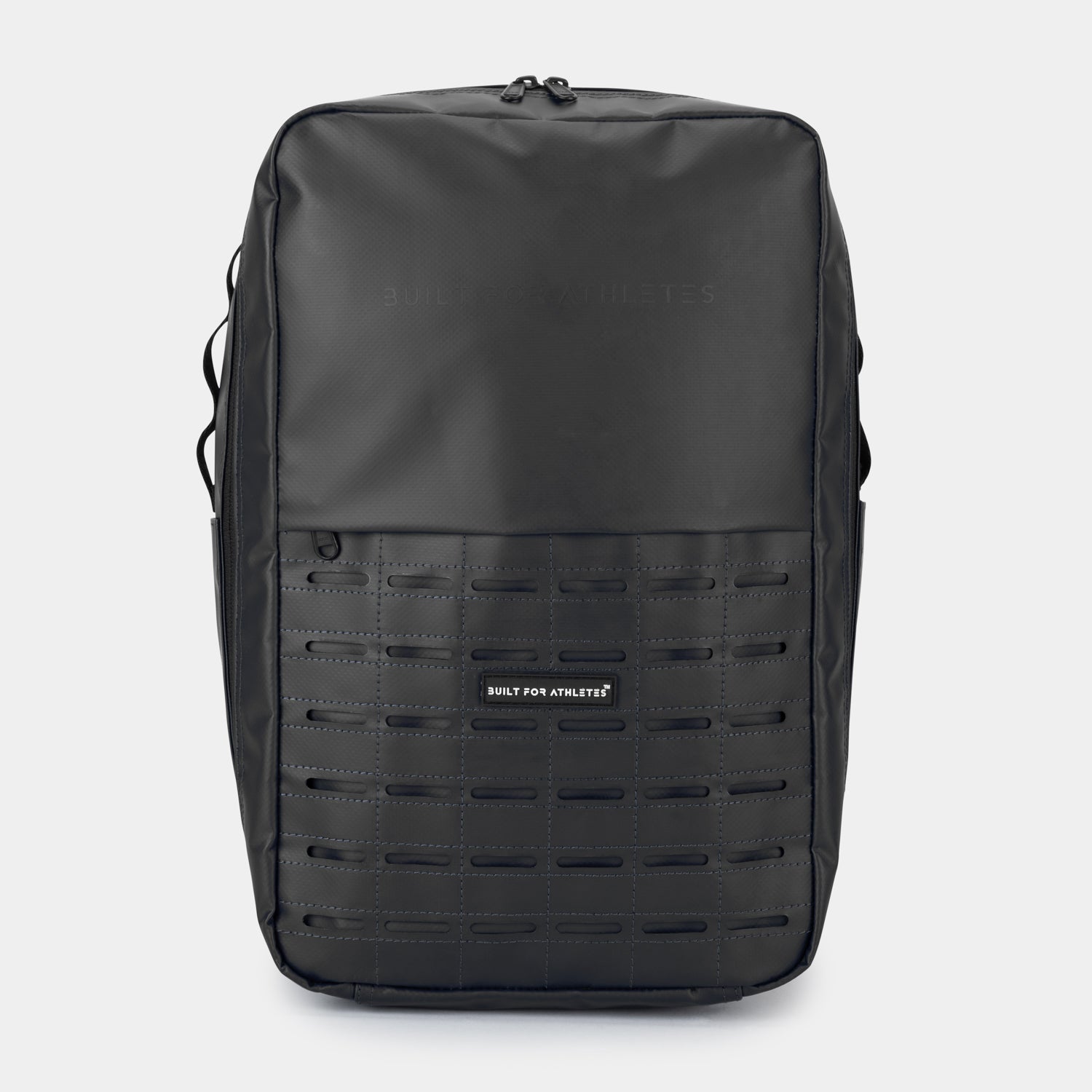
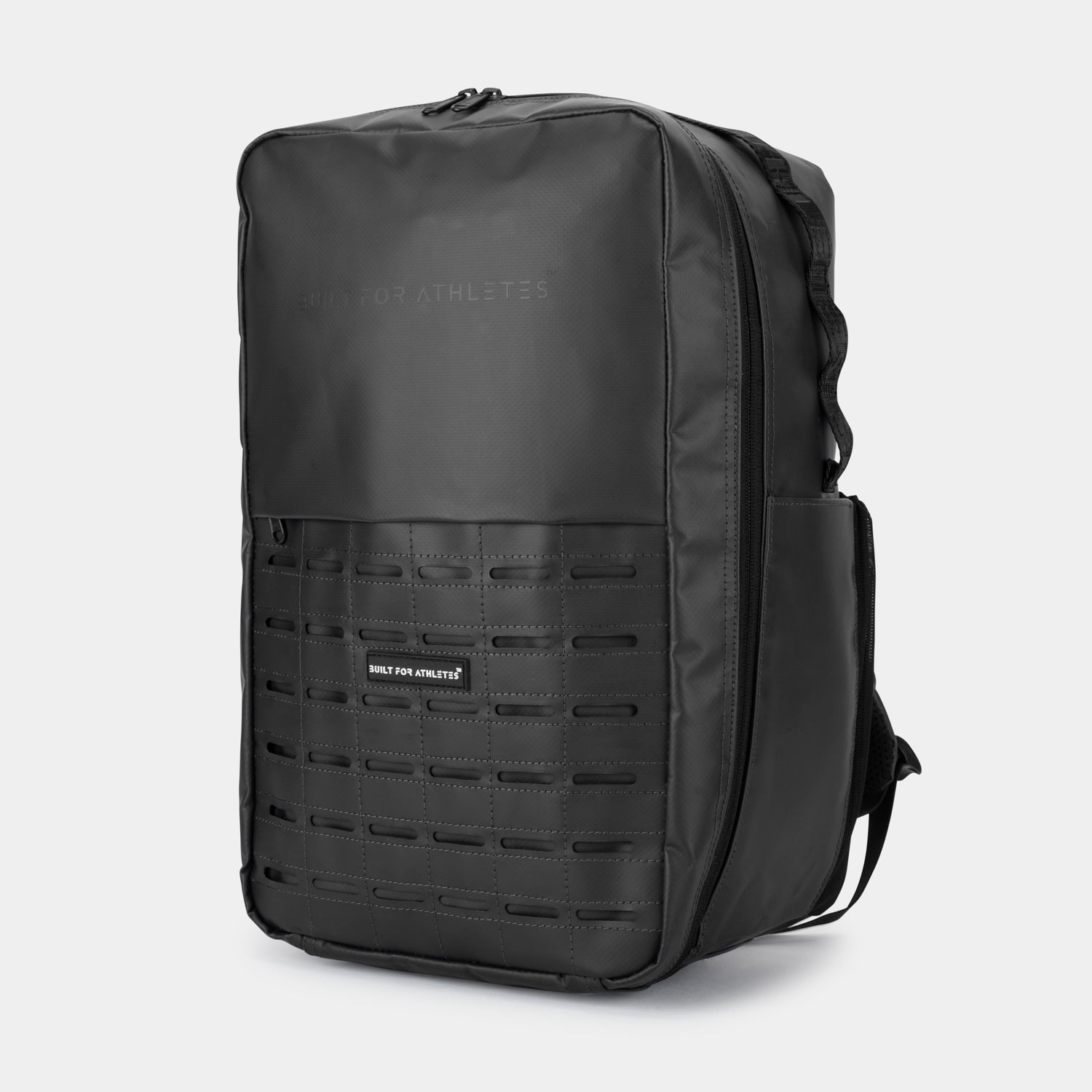









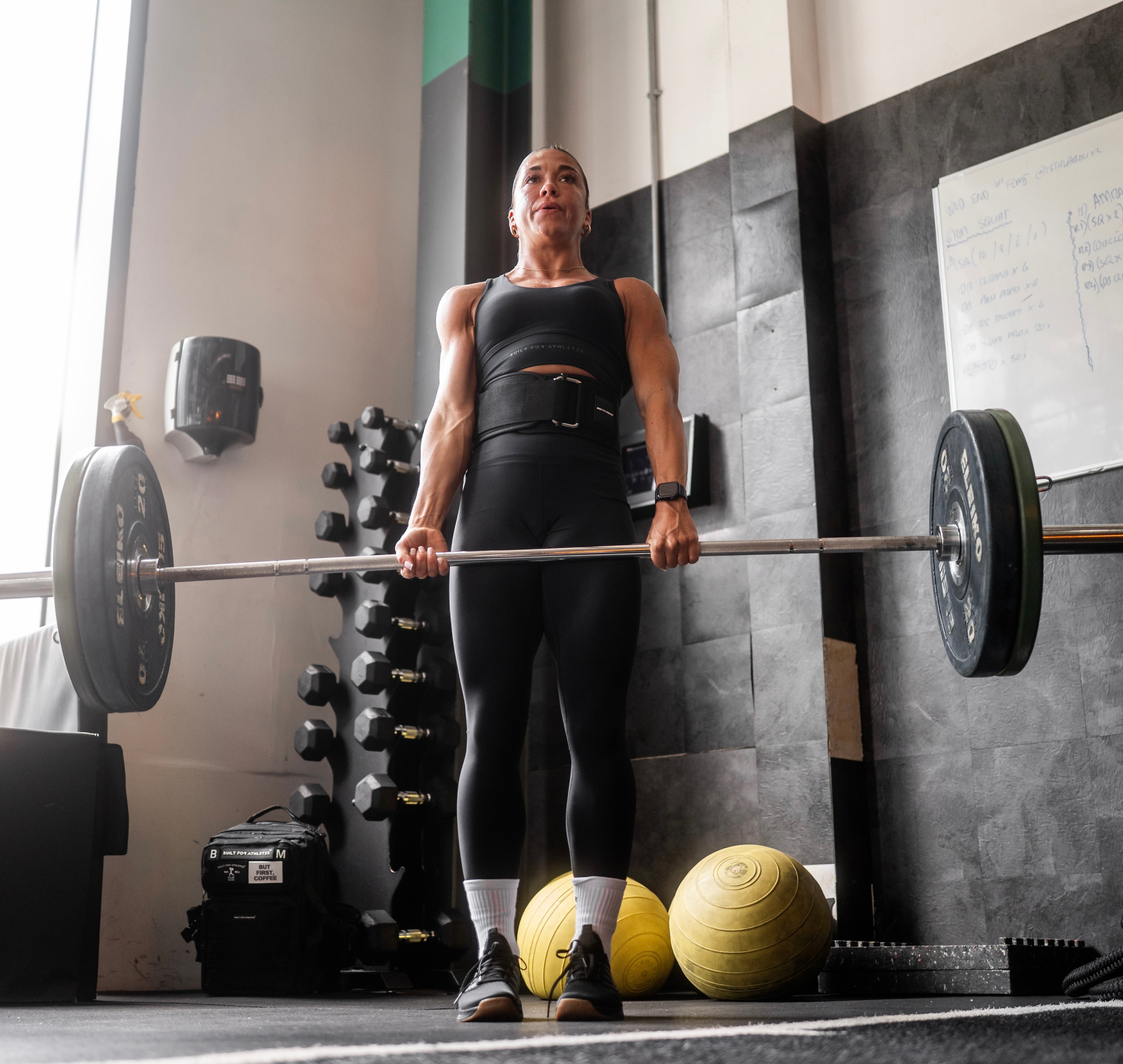

Share:
What Can Athletes Learn From A VO2 Max Test?
Do Compressions Clothes Help You Recover Quicker?